What Will Happen When Food Waste Continues
Curdled milk, rotting apples and expired meat. We're taking a closer look at the staggering amount of food humans waste every year and how your fridge can be part of the solution.
Read on to learn how and why we waste food, how losing all that precious food makes vulnerable people hungrier and what you – yes, you! – can do about it.
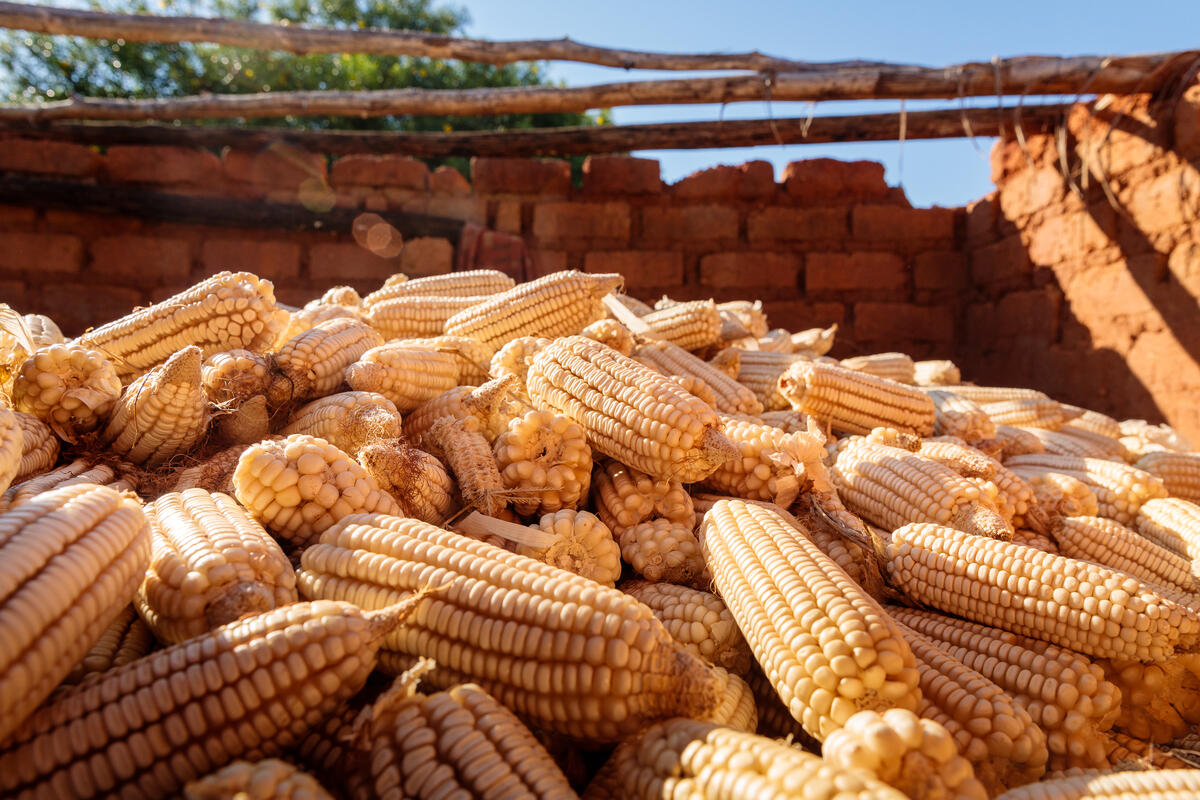
Photo: WFP/Andy Higgins
The amount of water used to produce food that ends up wasted could fill Lake Geneva three times. And of the world's arable land, 28 percent produces food that ends up in a bin rather than in a hungry stomach.
How Much Food Do We Waste Every Year?
Globally, one trillion dollars' worth of food goes to waste every year. That's one-third of all food produced for human consumption (1.3 billion tons of it). Before we get into how all that food waste affects hunger, here are a few key facts to keep in mind:
- Food loss is when food gets damaged as it moves through the supply chain (think rotting bananas and spilled milk). Food waste is when edible or surplus food is thrown away by retailers or consumers (like when restaurants order too much food and throw out the extras).
- If wasted food were a country, it would be the third-largest producer of carbon dioxide in the world after the United States and China.
- Rich countries waste as much food as sub-Saharan Africa produces. According to the U.N. Environment Programme, industrialized countries in North America, Europe and Asia collectively waste 222 million tons of food each year. Meanwhile, countries in sub-Saharan Africa produce 230 million tons of food each year.
- Finally, the U.N. Food and Agriculture Organization (FAO) says that if we stopped wasting all that food, we'd save enough to feed 2 billion people . That's more than twice the number of undernourished people across the globe.
Check out more facts about food waste.
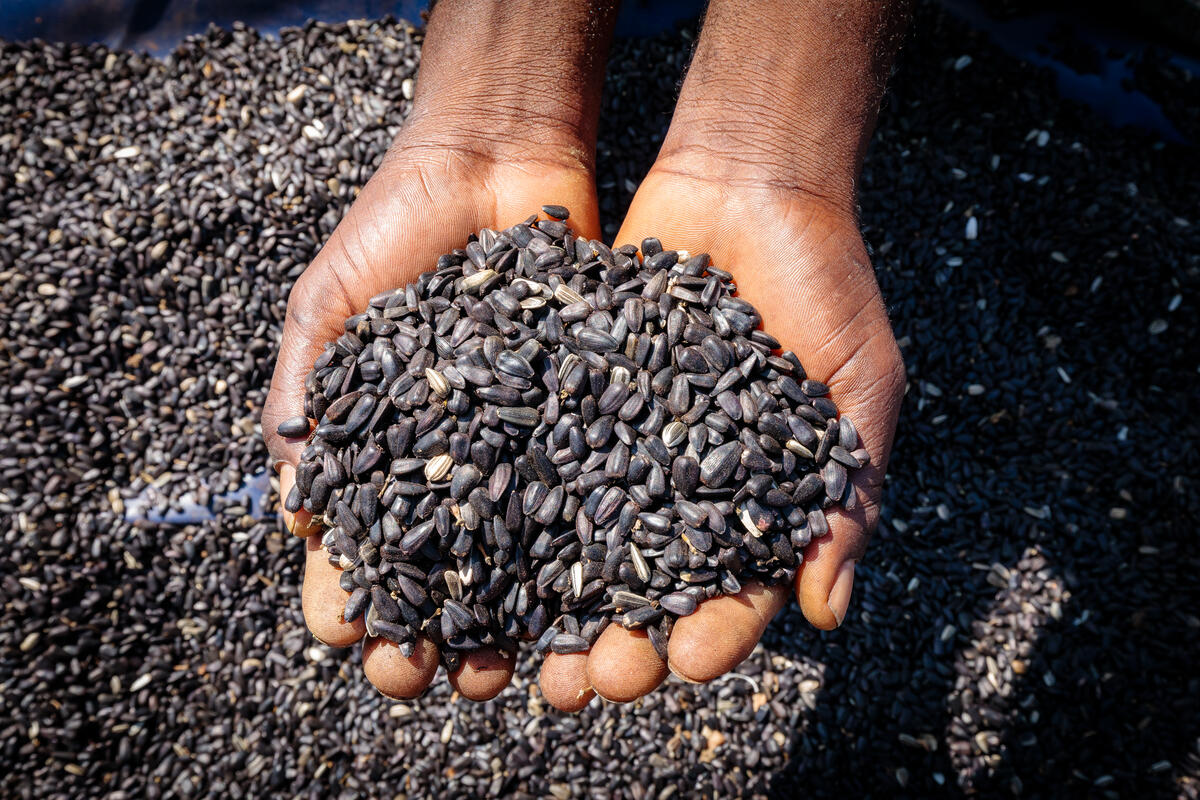
Photo: WFP/Andy Higgins
For many Americans, food waste happens in the kitchen. For millions of people in low-income countries, food waste happens at harvest time. Poor storage leads to pest infestations or mold that ruin crops before they can be eaten.
Related articles you might be interested in:
- Food Waste, Climate Change and Hunger: A Vicious Cycle
- How to Take Action to Prevent Food Waste
- 3 Myths About Food Waste
How and Why Does Food Get Wasted?
In industrialized countries like the United States, 31 percent of food waste happens at retail and consumer levels. Think about all the food we toss out at home, what we leave on our plates at restaurants, and what ends up in grocery store trash bins. At an agricultural level, our food system produces imperfect or "ugly" foods that get trashed for no good reason.
There's also a big difference between how food is wasted or lost in countries around the world. In developing countries, most food loss happens during or after harvest time. Farmers face problems like
- poor storage
- outdated technology
- not enough manpower
- transportation challenges getting crops to markets
Together, these problems mean that too many small-scale farmers are forced to watch their crops – and livelihoods – rot.
Learn the difference between food loss and food waste.
Why Is Food Waste Such a Big Problem?
We're locked in a terrible cycle when it comes to food waste, climate change and hunger.
Wasted food requires energy, land, water and labor to produce, store, harvest, transport, package and sell. When we toss out food, we're throwing away precious resources that could have been used to feed hungry people. And all that rotting food produces three billion tons of greenhouse gases like methane, directly contributing to climate change.
Read more about food waste, climate change and hunger.
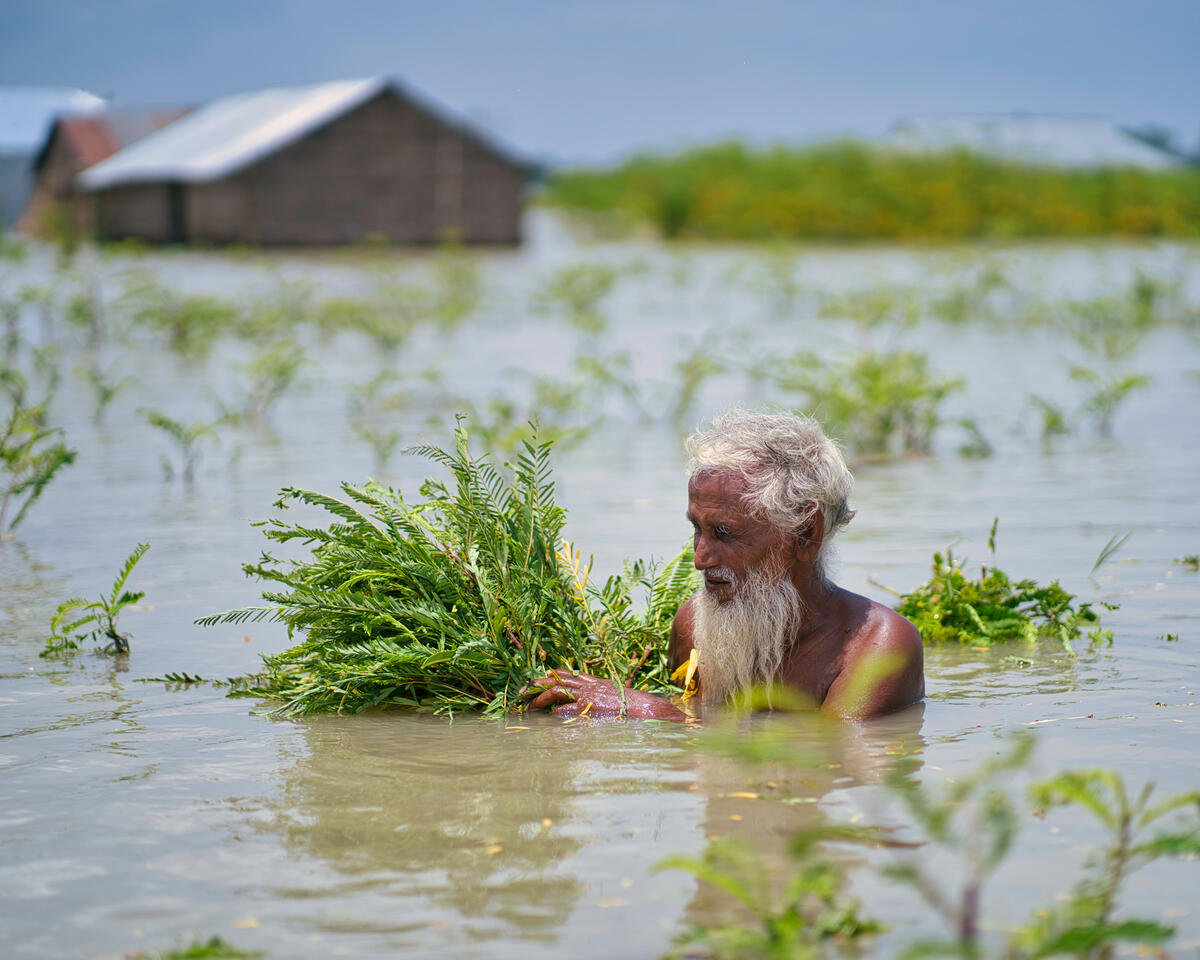
Photo: WFP/Sayed Asif Mahmud
More than 80% of the world's hungry people live in places that are highly prone to extreme weather, where a changing climate is only making things worse.
How Reducing Food Waste Can Help End World Hunger
If we stopped wasting food, we could cut global emissions by 8 percent, free up valuable land and resources, and save enough food to feed 2 billion hungry people .
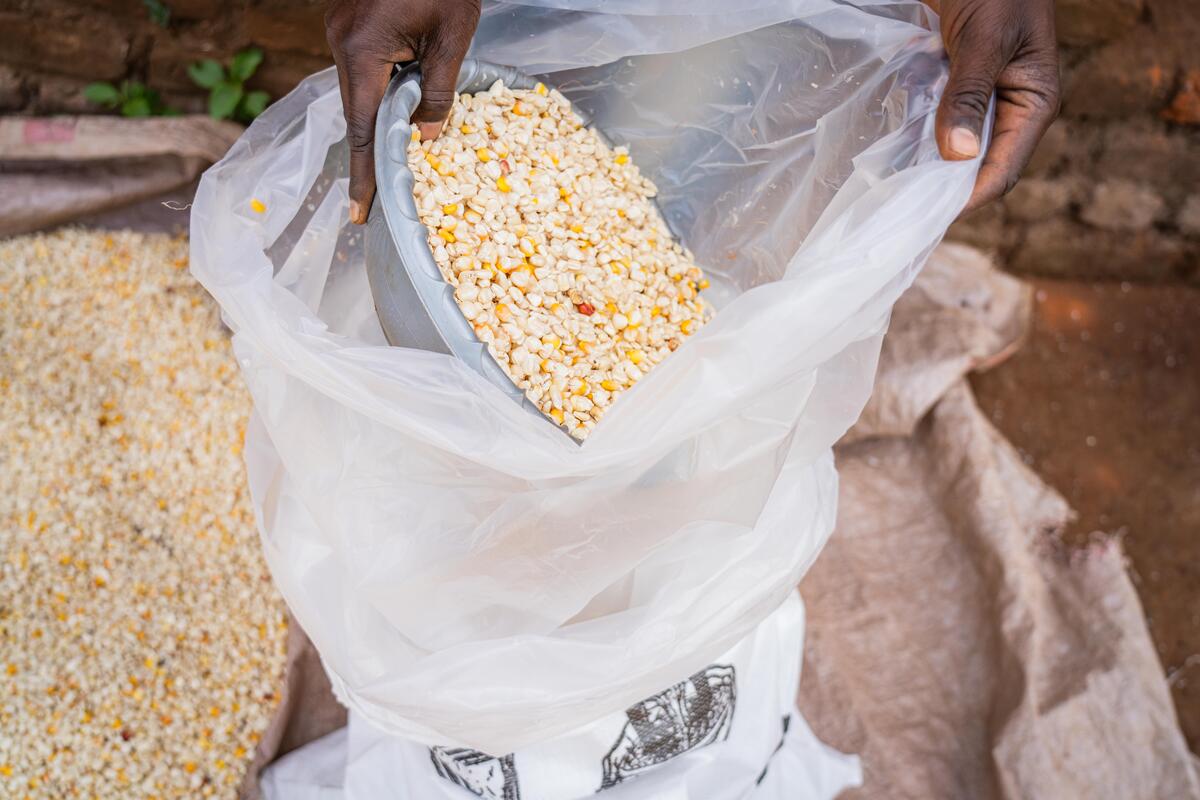
Photo: WFP/Badre Bahaji
The U.N. World Food Programme is training small-scale farmers on how to use improved post-harvest storage methods, combined with simple but effective air-tight storage equipment. The equipment helps to guard against insects, rodents, mold and moisture.
Here are a few ways the United Nations World Food Programme (WFP) is fighting food waste and loss:
- Food Storage: Small-scale farmers can lose up to half of their harvest because they don't have access to modern storage equipment. We provide them with silos and air-tight bags to cut their post-harvest losses from 40 to 2 percent.
- Nonperishables: Our typical food ration includes long-lasting staples like flour, dried beans, salt and cooking oil – all packaged in sturdy containers. These are all long-lasting foods so nothing spoils or gets thrown away.
- Innovation: From hydroponics to virtual farmers markets, we're helping communities find new ways to grow, sell and store food despite challenging environments.
- Policy: The U.S. Farm Bill authorizes distributing excess American-grown crops like rice, corn, wheat and soybeans to hungry people. It's just one of the many policies we work on to end hunger.
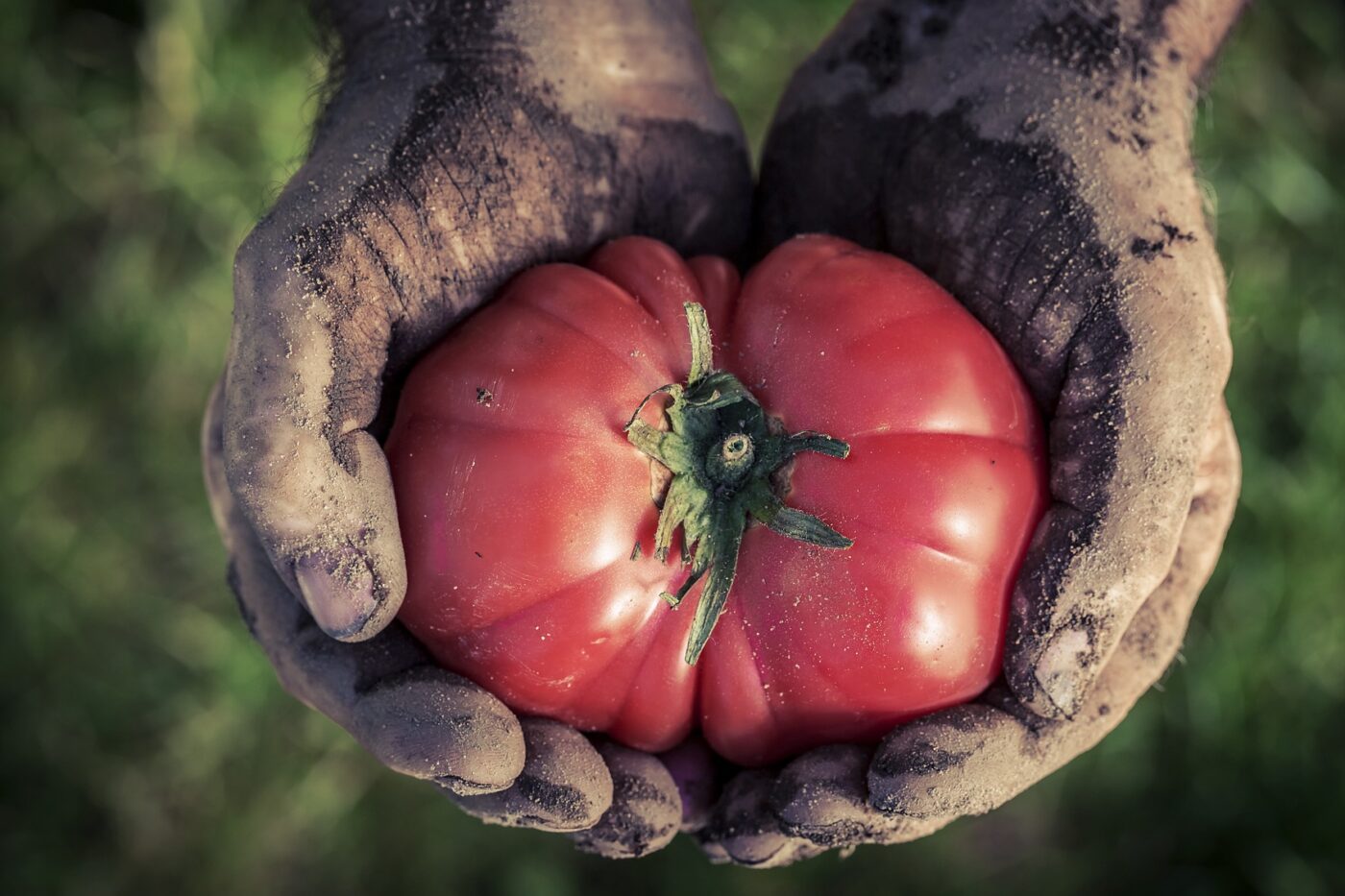
Photo: iStock
The U.N. World Food Programme knows the value of food and is working in Peru to transform fruits and veggies destined for the dump into nutritious meals to feed families need.
Ways to Reduce Food Waste at Home
Food waste in the United States and other high-income countries is one of the easiest problems to solve. Here are few simple ways you can help:
- Plan your meals and write a shopping list. And check your fridge to see what you've already got. This will help you avoid buying unnecessary food.
- Careful buying in bulk – especially foods with a limited shelf life.
- Ask if you can buy the "ugly" fruits or veggies that get left behind at grocery stores. There are even companies that will help you get direct access to this kind of produce, and it's often cheaper.
- Check the temperature setting of your fridge. Keep the temperature at 40 degrees Fahrenheit or below to keep foods safe. The temperature of your freezer should be zero degrees Fahrenheit.
- And use your freezer! Freezing is a great way to keep food longer.
- Make a spot in your fridge for food on its last legs – and have a plan to eat it.
- If you have more food than you can eat, donate it or hand it off to a neighbor or friend.
- Remember the food you took to-go and bask in the joy of restaurant leftovers!
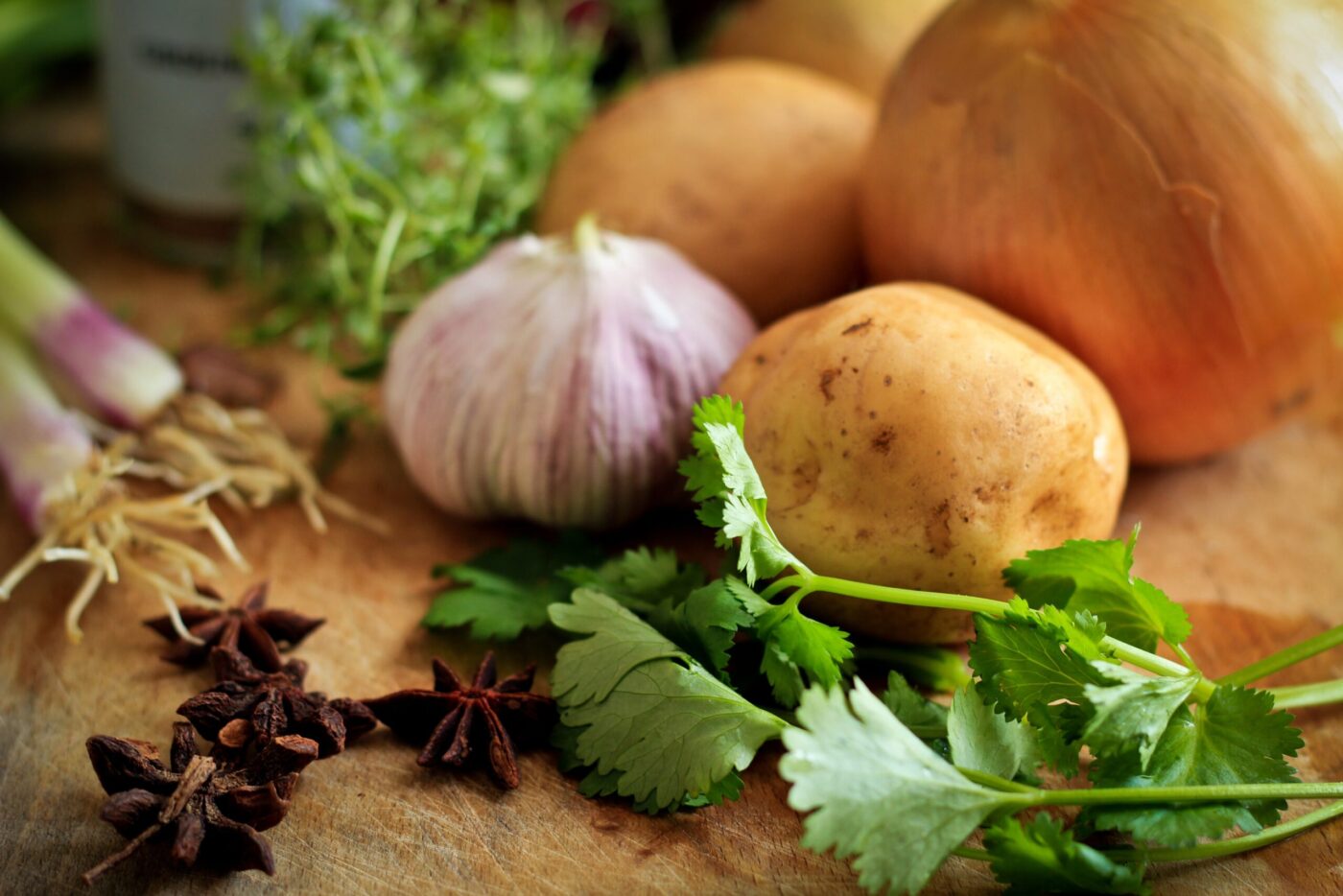
Photo: Unsplash/Syd Wachs
Cutting global food waste in half by 2030 is one of the U.N.'s top priorities. In fact, it's one of the organization's 17 sustainable development goals.
As the FAO says, our food systems can't be resilient if they aren't sustainable. As we fight food waste at home and around the world, and make our food production systems more efficient, we can free up those resources for the hungry.
Learn more about food waste and global hunger.
Help Prevent Food Loss & Hunger
GIVE NOW
millerlecladmands.blogspot.com
Source: https://www.wfpusa.org/articles/how-food-waste-affects-world-hunger/
0 Response to "What Will Happen When Food Waste Continues"
Post a Comment